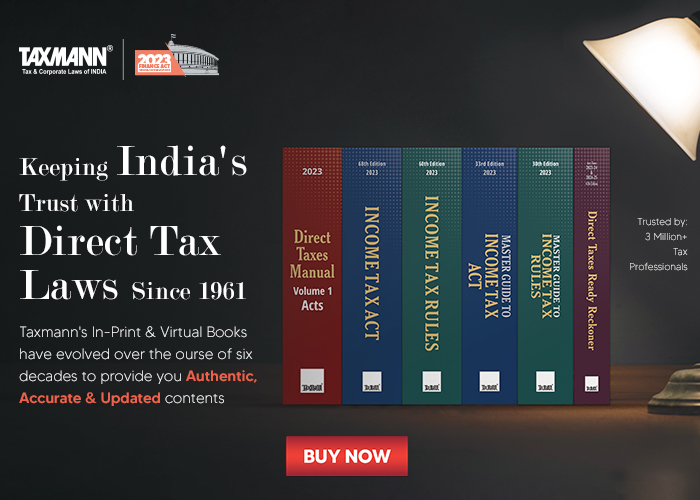[Opinion] Automobile Sector at a Crossroads Leasing and GST
- News|Blog|GST & Customs|
- 2 Min Read
- By Taxmann
- |
- Last Updated on 30 December, 2024
CA Raaja Jindal & Advocate Rishi Gupta – [2024] 169 taxmann.com 649 (Article)
The debate on green mobility and the future of sustainable transport is talking point of global discussions today, Since countries are striving for carbon neutrality, electric vehicles and alternative transportation modes are gaining momentum. Simultaneously, businesses and individuals are exploring cost-effective options like leasing instead of outright purchases, especially for automobiles. But amid the buzz about transitioning to EVs and embracing new financing models, one critical question looms large: How does GST effecting leasing arrangements? As this involves understanding the complexities of GST on automobile leasing is not only relevant but vital in today’s dynamic business landscape. From mixed supply conundrums to Classification intricacies, the crossroads of leasing and GST raises pertinent questions that demand thoughtful analysis.
To delve deeper into this interplay that is between leasing and taxation, it is crucial to distinguish the types of leasing arrangements and their implications under GST law.
Types of Leasing: Definitions and GST Implications
Leasing, in this context of business and personal use, refers to an arrangement where an individual or entity (lessee) acquires the right to use an asset owned by another party (lessor) for a specified period in exchange for periodic payments. While the GST law does not explicitly define leasing types, it offers a framework based on Service Accounting Codes (SAC), which classify leases into distinct categories. Each category carries different implications for taxability, compliance, and financial planning.
| Aspect | Financial Lease (Deemed Sales) | Operating Lease (Supply of Services) |
| Definition | Lessee gains significant control and rights over the asset, mimicking ownership. | Lessee obtains usage rights without ownership transfer. |
| Ownership Transfer | Ownership often transfers to the lessee at the end of the lease term, or the lessee retains substantial control over the asset. | Ownership remains with the lessor throughout the lease term. |
| Economic Ownership | Lessee bears most risks and rewards associated with the asset, including maintenance, depreciation, and insurance. | Lessor retains risks and rewards, including maintenance and depreciation. |
| Duration | Typically long-term, aligning with the asset’s economic life. | Short-term, often less than the asset’s economic life. |
| GST Classification | Treated as a “supply of goods” under GST (SAC 9971). | Treated as a “supply of services” under GST (SAC 9973). |
| GST Applicability | GST is levied on the total transaction value, including interest, principal, and any residual value components. | GST rate is determined based on the type of vehicle/asset and its usage (commercial vs. personal). |
| Examples | Lease agreements for industrial machinery with ownership transfer. | Rental agreements for vehicles or equipment without ownership transfer. |
This classification of GST aligns closely with global accounting standards, such as Ind AS 116 and IFRS 16 which distinguish between finance and operating leases based on ownership and risk parameters. This harmonization ensures consistency in taxation and financial reporting across jurisdictions.
Click Here To Read The Full Article
Disclaimer: The content/information published on the website is only for general information of the user and shall not be construed as legal advice. While the Taxmann has exercised reasonable efforts to ensure the veracity of information/content published, Taxmann shall be under no liability in any manner whatsoever for incorrect information, if any.
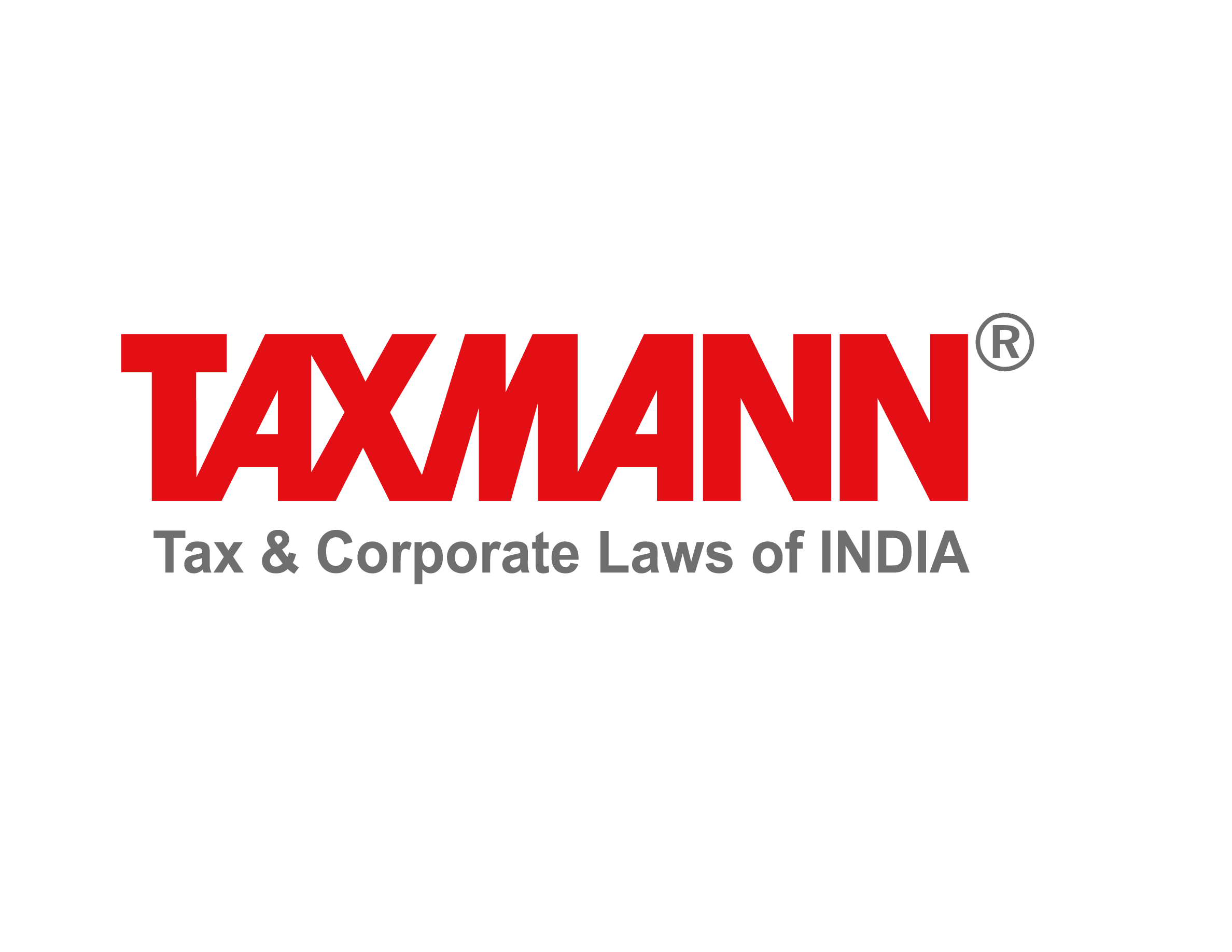
Taxmann Publications has a dedicated in-house Research & Editorial Team. This team consists of a team of Chartered Accountants, Company Secretaries, and Lawyers. This team works under the guidance and supervision of editor-in-chief Mr Rakesh Bhargava.
The Research and Editorial Team is responsible for developing reliable and accurate content for the readers. The team follows the six-sigma approach to achieve the benchmark of zero error in its publications and research platforms. The team ensures that the following publication guidelines are thoroughly followed while developing the content:
- The statutory material is obtained only from the authorized and reliable sources
- All the latest developments in the judicial and legislative fields are covered
- Prepare the analytical write-ups on current, controversial, and important issues to help the readers to understand the concept and its implications
- Every content published by Taxmann is complete, accurate and lucid
- All evidence-based statements are supported with proper reference to Section, Circular No., Notification No. or citations
- The golden rules of grammar, style and consistency are thoroughly followed
- Font and size that’s easy to read and remain consistent across all imprint and digital publications are applied
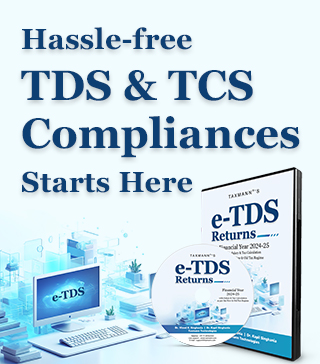
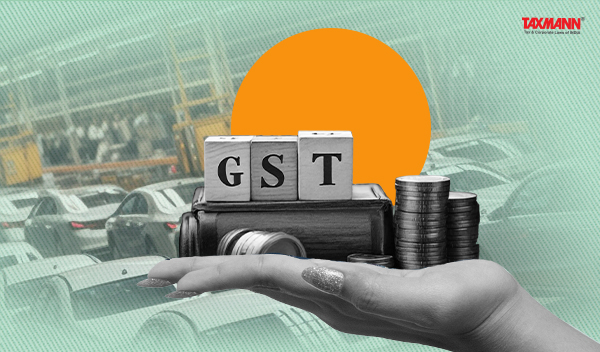
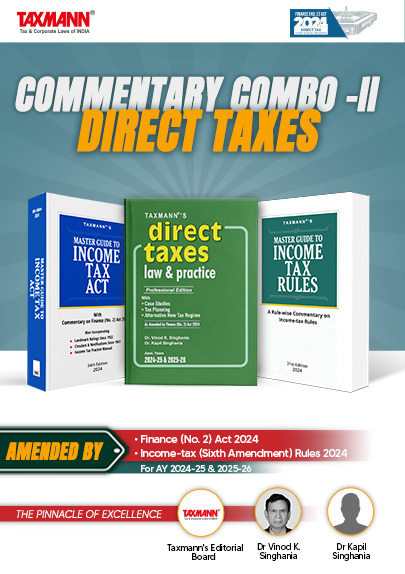
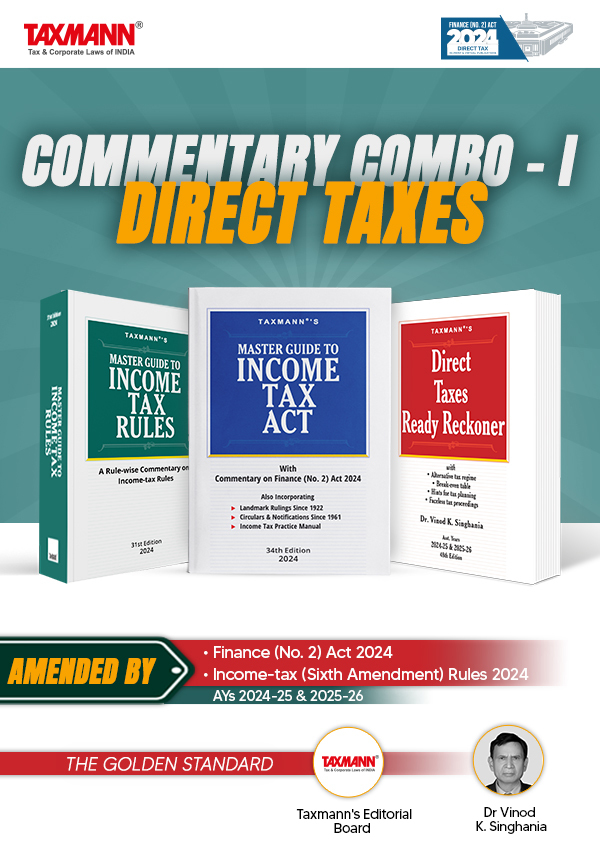
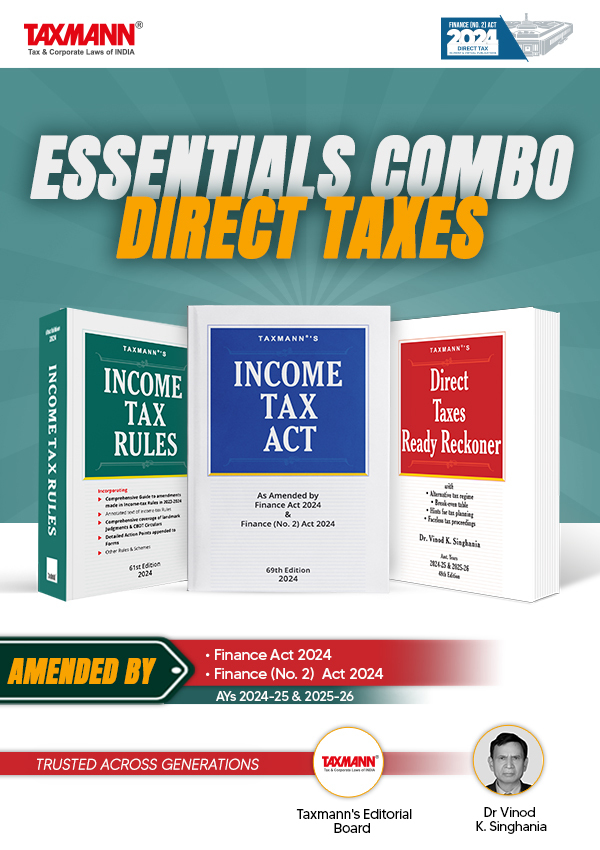
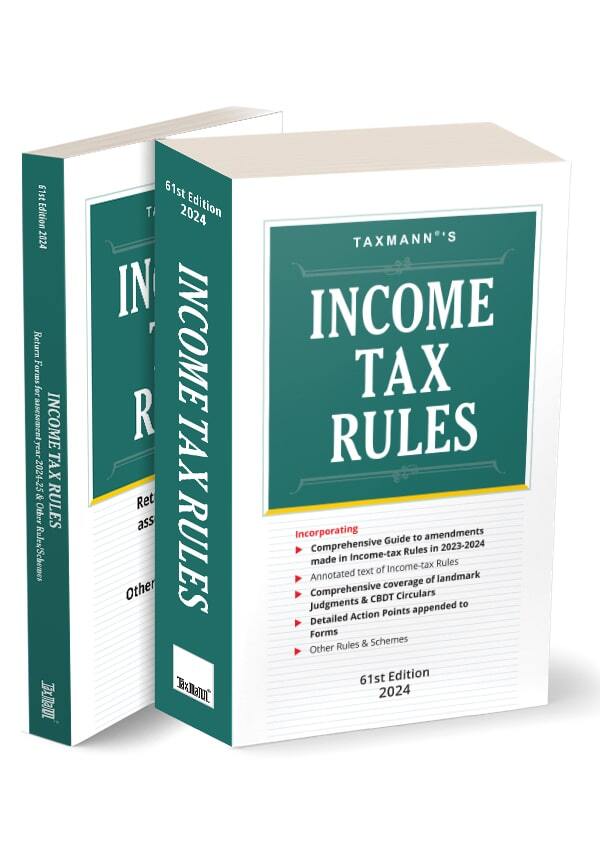


 CA | CS | CMA
CA | CS | CMA


